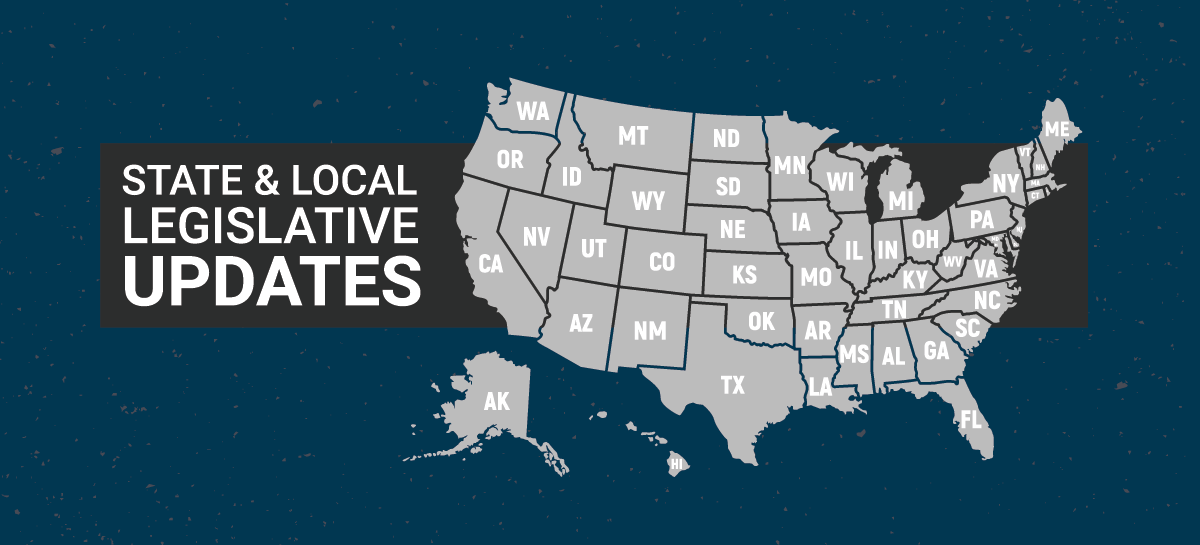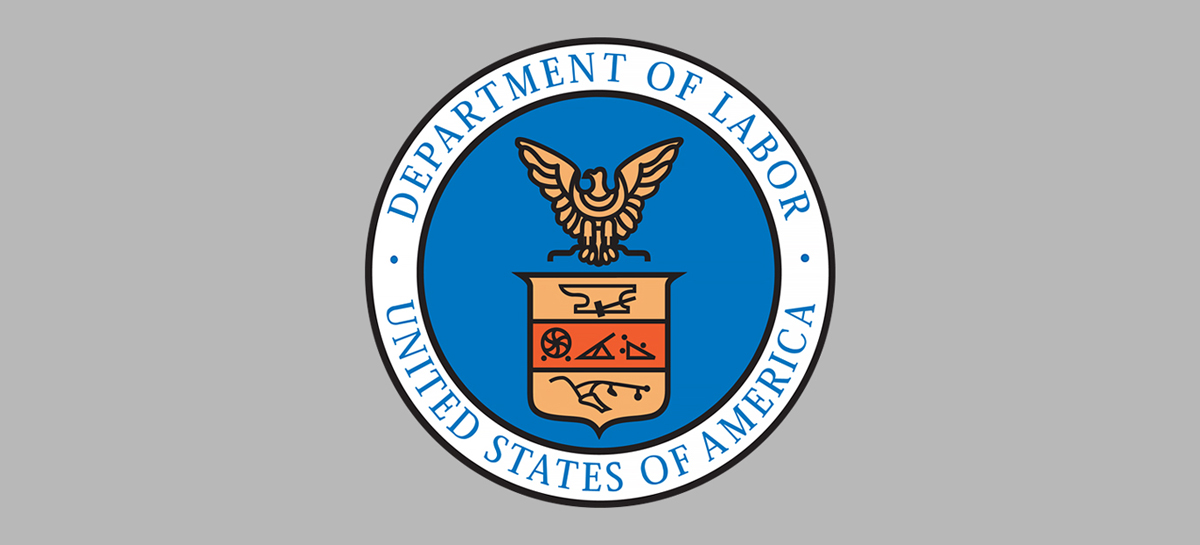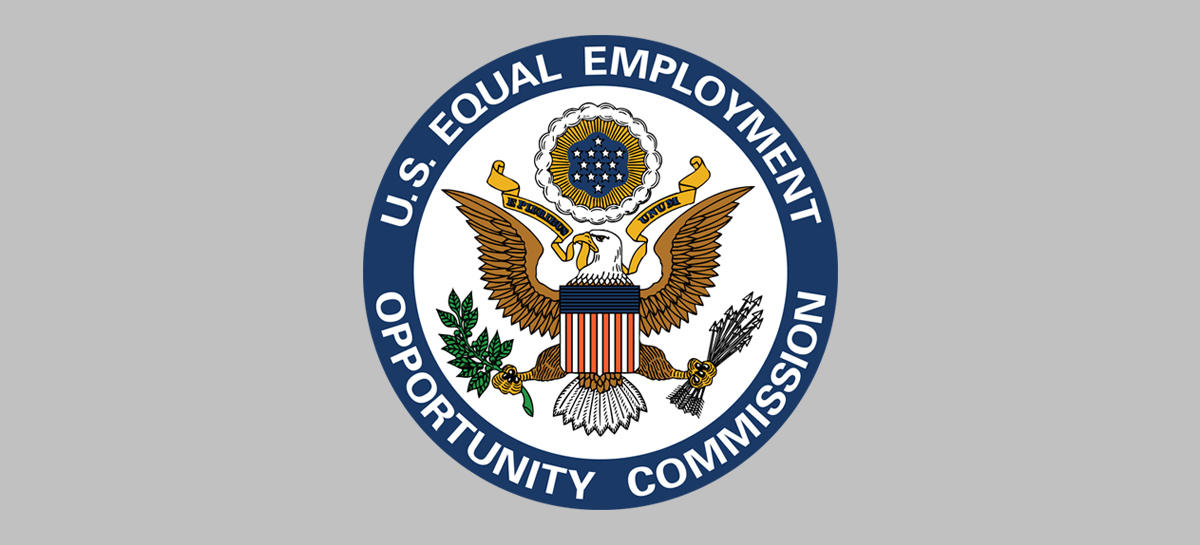
Illinois (Chicago) Increases Minimum Wage – On June 4, 2025, the City of Chicago announced an upcoming change to the minimum wage. Effective July 1, 2025, the Chicago minimum wage for employers with 4 or more employees will be $16.60 per hour, while the tipped employee minimum wage will be $12.62 per hour. For youth workers, subsidized temporary youth employment programs, and subsidized transitional employment programs, the minimum wage will be $16.50 per hour.
Continue reading





